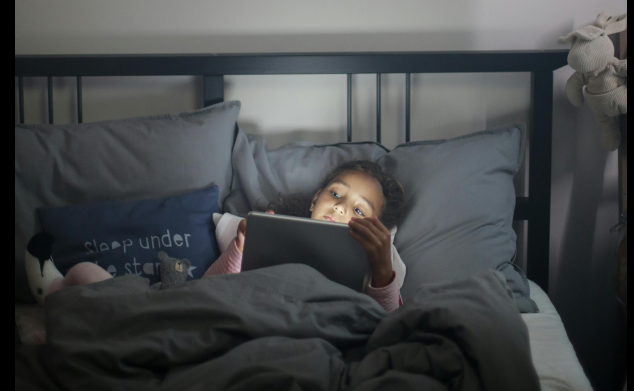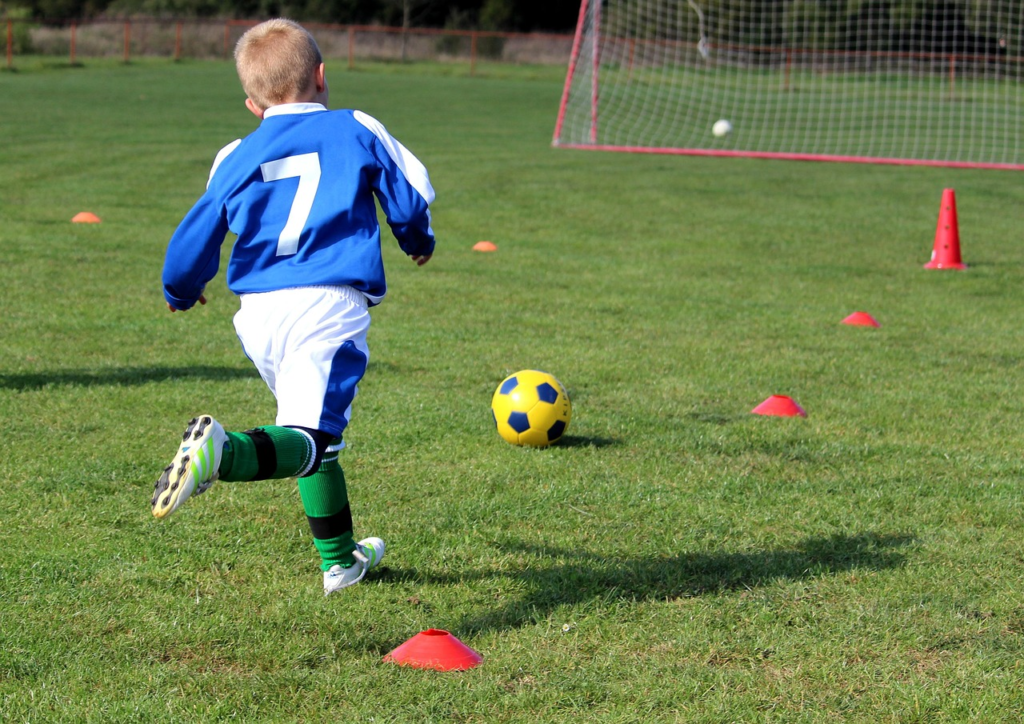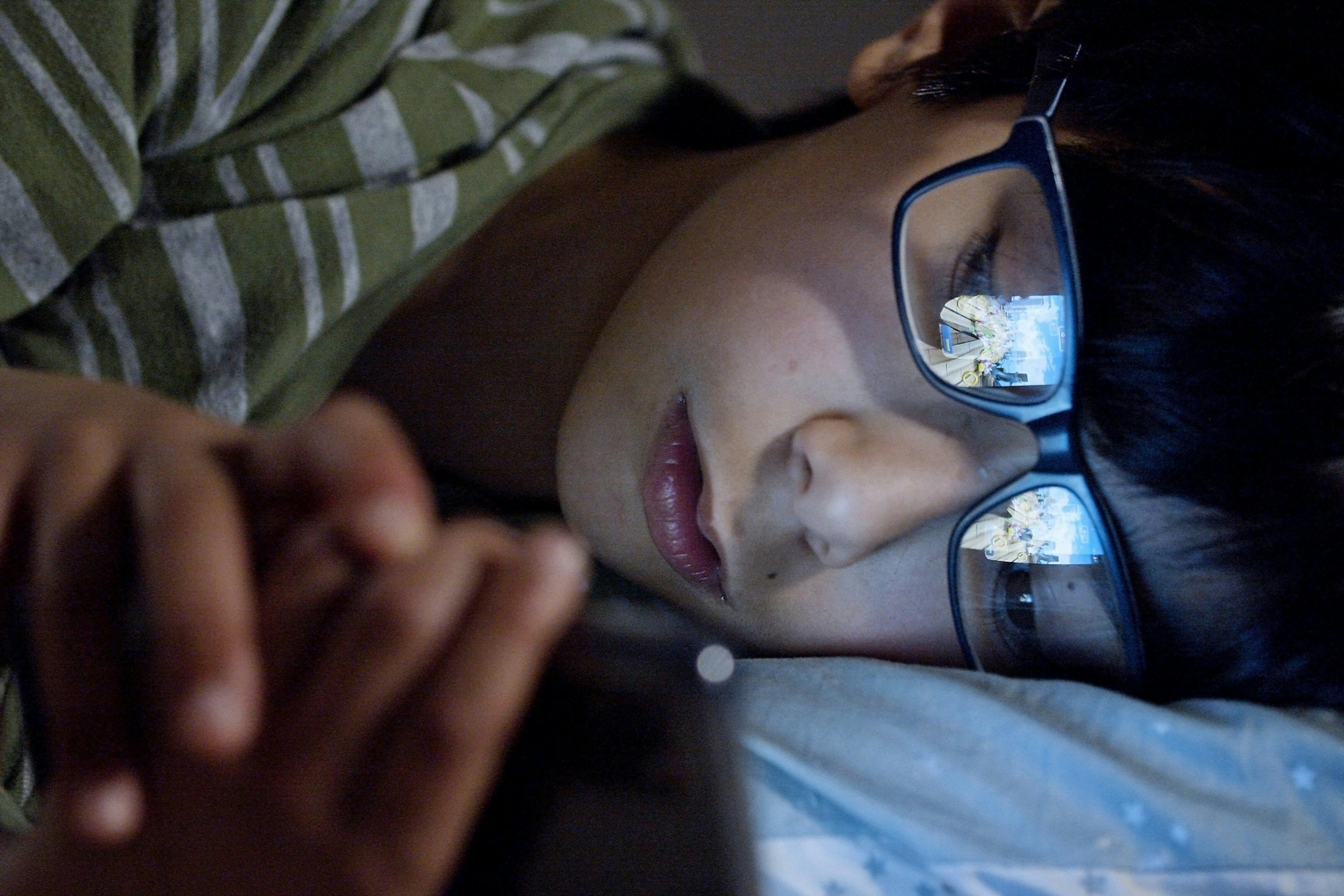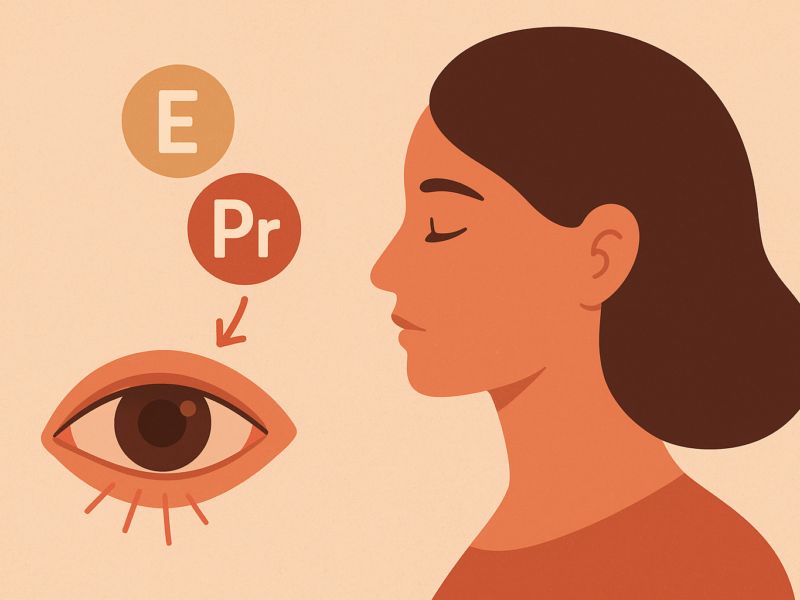🧒 Introduction: The Modern Dilemma of Screen Time and Children’s Eyes
In today’s world, smartphones have become an inseparable part of everyday life — even for children.
From online learning and entertainment to staying in touch with friends, screens are everywhere. However, as kids spend more time staring at phones, parents and doctors alike have begun asking an important question:
Are smartphones damaging children’s eyesight?
Studies show a dramatic rise in childhood myopia (nearsightedness) over the last two decades. In some regions, nearly 1 in 3 children now show early signs of visual strain, partly linked to excessive screen use and lack of outdoor activity.
But before we rush to conclusions, let’s separate facts from myths and explore the real impact of smartphones on children’s vision — and how to protect their developing eyes in the digital era.
👁️ 1. Understanding How Children’s Eyes Develop
Children’s eyes are not fully developed at birth — they continue to grow and adapt until adolescence.
During this period, excessive visual stress (like focusing on screens for long periods) can affect the shape and function of the eye.
Key Facts:
- The cornea and lens focus light on the retina, which then sends signals to the brain.
- Prolonged near-focus activities (like reading or smartphone use) can stress the ciliary muscles, responsible for adjusting focus.
- In young children, these muscles are more flexible but also more vulnerable to fatigue and overuse.
📱 2. The Impact of Screens on Visual Health
Smartphones emit blue light, a high-energy wavelength that helps regulate sleep-wake cycles but can cause discomfort with prolonged exposure.
Unlike older generations who spent most of their time outdoors, modern children spend hours focusing at a fixed, short distance — which isn’t how eyes naturally evolved to function.
🔬 Key Visual Impacts:
- Digital Eye Strain (DES): Symptoms include dryness, headaches, blurred vision, and eye fatigue.
- Reduced Blink Rate: Kids blink 60% less while focusing on screens, leading to dryness and irritation.
- Accommodation Fatigue: The eye’s focusing system becomes overworked.
- Circadian Rhythm Disruption: Blue light at night delays melatonin production, disturbing sleep cycles.

🔵 3. Blue Light Exposure: Should Parents Worry?
Blue light isn’t entirely harmful — it’s part of natural sunlight and helps regulate alertness. However, chronic overexposure from screens, especially before bedtime, can lead to visual stress and poor sleep.
Facts vs Myths:
- ❌ Myth: Blue light directly damages the retina.
✅ Fact: There’s no conclusive evidence that normal smartphone use causes retinal damage. - ❌ Myth: All blue light glasses are essential for kids.
✅ Fact: Only necessary for children using screens for long school or gaming sessions, especially in the evening. - ✅ Reality: The main risk is eye fatigue and disrupted sleep cycles, not permanent retinal damage.
Parental Tip: Use “Night Shift” or “Eye Comfort Mode” on devices to reduce blue light intensity after sunset.
🔍 4. The Link Between Screen Time and Myopia
Myopia (nearsightedness) occurs when the eyeball becomes elongated, causing distant objects to appear blurry.
According to the American Academy of Ophthalmology (AAO), the global prevalence of childhood myopia has doubled since 2000, and excessive near work (like smartphone use) is a significant factor.
Contributing Factors:
- Too much near-focus work (smartphones, tablets, reading)
- Insufficient outdoor light exposure
- Genetic predisposition (family history of myopia)
Spending just 2 hours a day outdoors has been proven to reduce myopia risk by 30–40%. Natural daylight helps regulate dopamine production in the retina, preventing excessive eye elongation.

🧠 5. Common Myths About Smartphones and Eye Damage
Let’s debunk some widespread myths:
| Myth | Reality |
|---|---|
| Smartphones permanently damage vision | False — no permanent damage from normal use, but prolonged strain causes fatigue |
| Blue light is the main cause of eye disease | False — blue light causes discomfort, not disease |
| Only adults get digital eye strain | False — children experience it earlier due to smaller screen distance |
| Kids don’t need eye exams | False — regular exams detect issues before symptoms appear |
🕓 6. How Much Screen Time Is Safe for Kids?
According to the World Health Organization (WHO) and American Optometric Association (AOA):
| Age Group | Recommended Screen Time | Notes |
|---|---|---|
| Under 2 years | No screen time | Except video calls with family |
| 2–5 years | 1 hour/day max | Supervised educational use |
| 6–12 years | 1–2 hours/day | Include screen-free breaks |
| 13–18 years | 2–3 hours/day | Encourage digital balance |
Important: Continuous screen exposure without breaks is the most damaging factor, not the total time alone.
👀 7. Signs of Digital Eye Strain in Children
Parents should watch for these symptoms:
- Frequent eye rubbing or blinking
- Complaints of blurred vision or headaches
- Shortened attention span
- Eye redness or dryness
- Trouble falling asleep
If these signs persist, consult a pediatric eye specialist to rule out myopia or convergence issues.
🛡️ 8. Protecting Children’s Eyes: Science-Backed Strategies
1. Follow the 20-20-20 Rule
Every 20 minutes, have your child look 20 feet away for 20 seconds.
2. Adjust Device Distance
Phones and tablets should be 18–24 inches from the eyes.
3. Encourage Natural Light
Daily outdoor play (at least 2 hours) helps prevent myopia.
4. Use Screen Filters
Enable blue light filters or night mode after sunset.
5. Maintain Room Lighting
Avoid complete darkness while using devices; use soft ambient light.
6. Eye Exercises for Kids:
- Blinking drills (10 blinks every minute)
- Focusing on near and far objects
- Gentle eye rotations
🍎 9. Role of Nutrition, Sleep, and Outdoor Time
Nutrition:
A diet rich in vitamin A, lutein, omega-3, and zinc supports retinal development.
Include:
- Leafy greens (spinach, kale)
- Eggs and fish
- Carrots and sweet potatoes
Sleep:
Proper sleep allows the visual system to rest and recover. Lack of sleep increases strain and dryness.
Outdoor Time:
Bright, natural light helps regulate growth signals in the eyes. It’s not just good for vision — it boosts mood and attention too.
❓ 10. Frequently Asked Questions (FAQ)
Q1: Do smartphones cause blindness in children?
No. There’s no evidence that smartphones cause permanent blindness. However, overuse can lead to strain and myopia progression.
Q2: Should kids wear blue light glasses?
Only if they use screens for long school hours or gaming sessions, especially in dim light.
Q3: How can I tell if my child needs glasses?
Look for signs like squinting, sitting too close to screens, or complaining of headaches.
Q4: Are e-books safer than smartphones?
Not necessarily. Screen distance and brightness matter more than device type.
🧠 12. Conclusion
Smartphones are not the enemy — misuse is.
Used mindfully, they can be powerful educational tools. But when overused, especially in dim light or without breaks, they can strain young eyes and accelerate vision problems like digital eye strain and myopia.
By balancing screen time, encouraging outdoor play, providing a healthy diet, and scheduling regular eye exams, parents can help their children thrive in the digital age — with clear, healthy vision.



